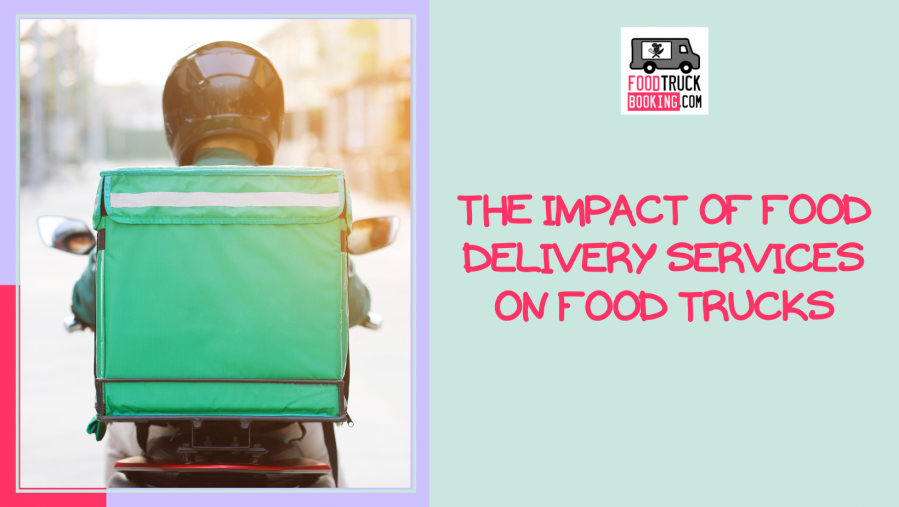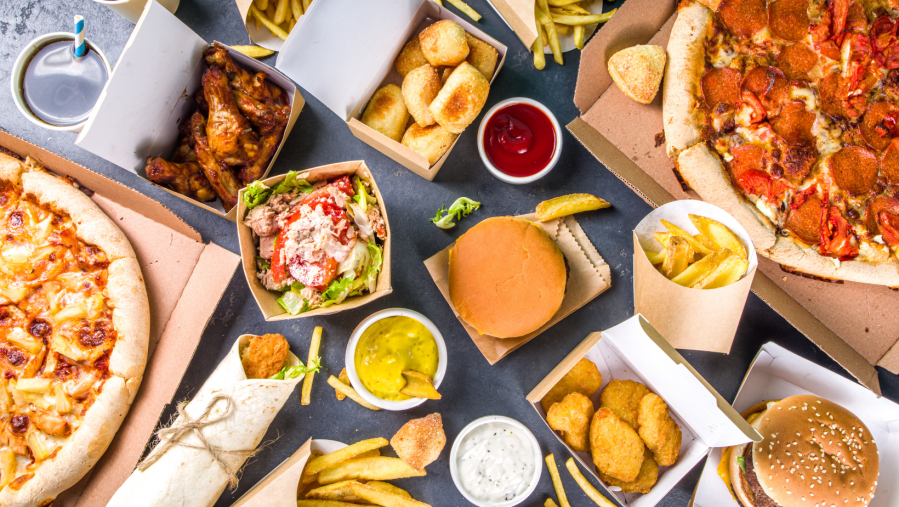The Impact of Food Delivery Services on Food Trucks
Posted on 03/23/2024 by FTB
The advent of food delivery platforms like UberEats and Grubhub has transformed the way we consume food, offering unprecedented convenience and variety at the touch of a button. This digital revolution has not spared the traditional Food Truck industry, which has long thrived on in-person, curbside service. The relationship between Food Trucks and these digital delivery platforms reveals a complex interplay of opportunities and challenges, fundamentally altering the Food Truck business model.





